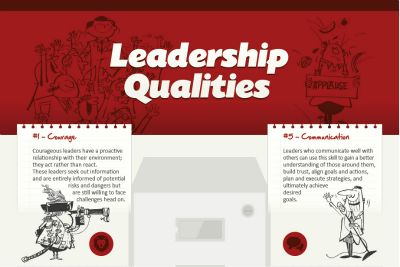Forbes recently published an article focused on the dilemma leaders often face between being liked and demanding, noting that those who do both stand a very good chance of being great leaders. Behavioral Statistician Joseph Folkman, writing in the Forbes article says:
“Some people when they are put on a leadership position believe that their job is to hold people accountable, let people know when they mess up and keep people focused on the deliverables. They are demanding and set high standards. The problem is, demanding leaders have a 1.2% chance of being great leaders”.
This isn’t surprising to FPMG, a performance management firm, which has identified other factors that are particularly important as companies work to ensure leadership transitions are successful.
Successful leaders usually understand their team’s mindsets, capabilities and areas for future improvement. They use this knowledge/insight to challenge their teams, to bring out the best. These types of leaders excel in keeping their people on their toes, and enabling them with the tools to grow and develop into future leaders themselves..
“The process of working toward successful leadership transitions certainly begins with the hiring or promotion process,” said Denise Federer, Ph.D., FPMG’s founder, “as individual abilities and experience are scrutinized to ensure people are placed in roles where they’ll flourish.”
Federer adds that making the right hire or the right promotion is only the start, noting that every organization must address the following four key factors to provide leaders with the best chance for both short- and long-term success:
- Role clarity. Leaders must understand the scope of their position, its relationship to others in the organization and how their success will be measured. This is the most important thing an organization can do to support successful leadership transitions, especially since having this clarity will funnel down through the hierarchy, and other employees will realize how their roles and responsibilities fit into the overall company dynamic.
- Communication. Many companies fail to proactively publicize the nature and scope of leadership decisions, in particular when they include internal promotions. This lack of transparency can cause significant problems, especially with the new leader’s former peers, so it’s critical to put “all cards on the table” whenever an organizational change involving management occurs.
- Empowerment. Leaders need to be aware of the extent of their power and where it fits into the chain of command. It’s critical to establish clear boundaries and empower new leaders to make decisions commensurate with their position—and this means eliminating micromanagement and ensuring non-responsiveness by direct reports isn’t tolerated, as both those things will quickly undermine leaders’ authority and dilute their ability to earn respect.
- Identification of potentially negative interpersonal dynamics. It’s an unfortunate fact that leaders can be undone if there are unaddressed issues involving personalities within their teams or the company as a whole. To counteract this, it’s important to acknowledge the organization’s players and politics, be upfront about potential human pitfalls, and provide ongoing support from upper management.
“When leaders are armed with not only the appropriate technical and leadership skills, but also the full support of upper management in the form of role clarity, communication, empowerment, and addressing organizational interpersonal dynamics, they have all the tools they need to be successful,” Federer said. “That’s good news for leaders as well as their companies, since successful leadership transitions are imperative to long-term sustainability.”
CMOE

Hayden Richards is Contributor of IntelligentHQ. He specialises in finance, trading, investment, and technology, with expertise in both buy-side, sell-side. Contributing and advising various global corporations, Hayden is a thought leader, researching on global regulatory subjects, digital, social media strategies and new trends for Businesses, Capital Markets and Financial Services.
Aside from the articles, interviews and content he writes for IntelligentHQ, Hayden is also a content curator for capital markets, analytic platforms and business industry emerging trends. An avid new media explorer Hayden is driven by a passion for business development, innovation, social business, Tech Trading, payments and eCommerce. A native Trinidadian, Hayden is also a veteran, having served with the Royal Air Force Reserves for the past 10 years.
Follow Hayden on Twitter @HaydenARichards, linkedin.com/haydenhrichards and http://www.scoop.it/u/hayden-richards










